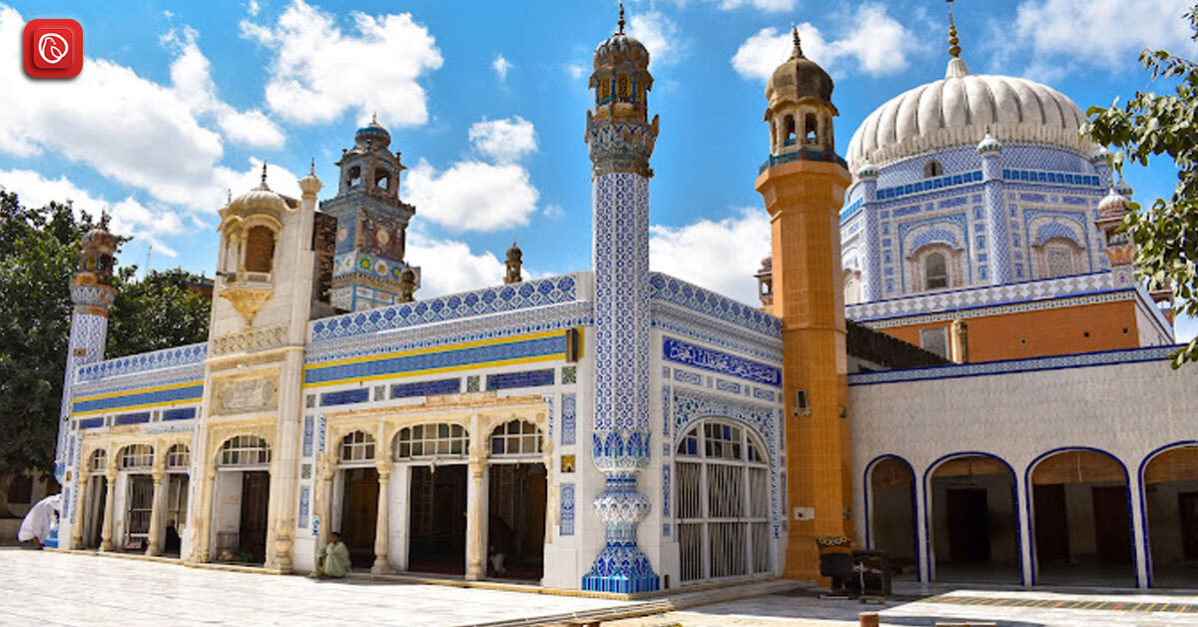Like a final puzzle piece, Taunsa City brings together three of Pakistan’s five provinces. With its intricate blend of cultures and spiritual colours, the city paints a unique yet inspiring portrait. Despite its title of “Unan-e-Saghir” (Mini Greece), this city remains relatively undiscovered in the broader narrative.
However, Graana.com seeks to change that with this blog, detailing the profound impacts of Taunsa on people and the nation over the years.
An Overview of Taunsa Sharif
Along the serene banks of the beautiful River Indus, Taunsa Sharif is a captivating city (subdivision) in the western part of Punjab’s Dera Ghazi Khan district. Approximately 975 kilometres from Karachi and 450 kilometres from Lahore, this city holds a strategic position in the heartland of Pakistan.
| Taunsa City Overview | |
| Country | Pakistan |
| Province | Punjab (Bordering with KPK, and Balochistan) |
| District | Taunsa |
| Tehsil | Sangharh (Taunsa) |
| Population | 168,450 (according to 2017 census) |
| Elevation | 157m (515 ft) |
| Nearby Cities | Kot Addu Khangarh Bhakkar Jamur Dera Ghazi Khan Multan Jhang Bahawalpur Sahiwal Faisalabad Sargodha Chiniot Rahim Yar Khan Okara |
| Major Sites | Darbar Khawaj a Shah Sulaim Kamal Park Kamal ChowkGulki Hill Station City Park Koh-e-Sulaiman Lake Sanghar Bridge |
| Taunsa Postal Code | 32100 |
| Area Code | 0642 |
| Union Council | 3 |
The city is renowned for its significant landmark, the Taunsa Barrage, located several kilometres to its south. Since its construction in 1958, this barrage has benefitted millions of lives across the region, offering a pivotal source of irrigation. Designated a Ramsar site in 1996, the Barrage stands as a testament to both engineering ingenuity and environmental importance.
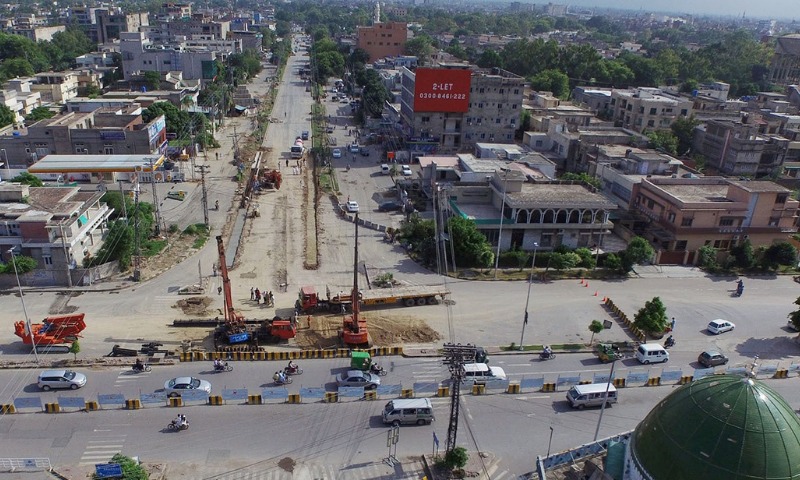
This land is not only a hub of infrastructure but also a centre of spiritual heritage. The city boasts a rich tradition of Sufi shrines, the most notable being the shrine of Muhammad Suleman Taunsvi. The word “Taunsa” carries symbolic significance, translating to “thirst” in Urdu.
With a population of approximately 170,000 residents, the city exudes a unique blend of history, culture, and natural beauty. Its tranquil surroundings and diverse attractions beckon travellers to immerse themselves in a journey of exploration and discovery. The city holds a special place in the hearts of its inhabitants while also serving as a beacon of progress and development for the wider region.
Historic and Cultural Importance of Sanghar (Taunsa)
Formerly known as Sanghar, the city holds significant historical importance, rooted in its evolution from a modest village into a vibrant urban centre. Its origins can be traced back to ancient times when it was part of the expansive Multan region, primarily inhabited by Baloch tribes. At that time, these tribes included:
- Malghani
- Buzdar
- Qaisrani.
The city’s rich history is intertwined with the propagation of Islam by the Arab Umayyads during the 8th century CE, shaping its cultural identity and spiritual legacy. One of the hallmarks of Taunsa’s history is its association with influential saints, particularly Shah Suleman Khwaja, whose final resting place is revered within the city.
Historical Landmark: The Peer Pathan Shrine
The shrine of Muhammad Suleman Shah Taunsvi, also known as Pir Pathan, stands as a revered historical landmark in Tehsil Taunsa. Born in 1770 CE to the Jafar Pakhtun tribe in Gargogi, Balochistan, he was a distinguished Sufi scholar and leader of the Chishti order of Sufism.
His shrine, a place of pilgrimage, commemorates his life and teachings, drawing devotees from far and wide. Each year, his urs (the annual death anniversary) is celebrated from the 5th to the 7th of Safar al-Muzaffar, honouring his enduring spiritual legacy.
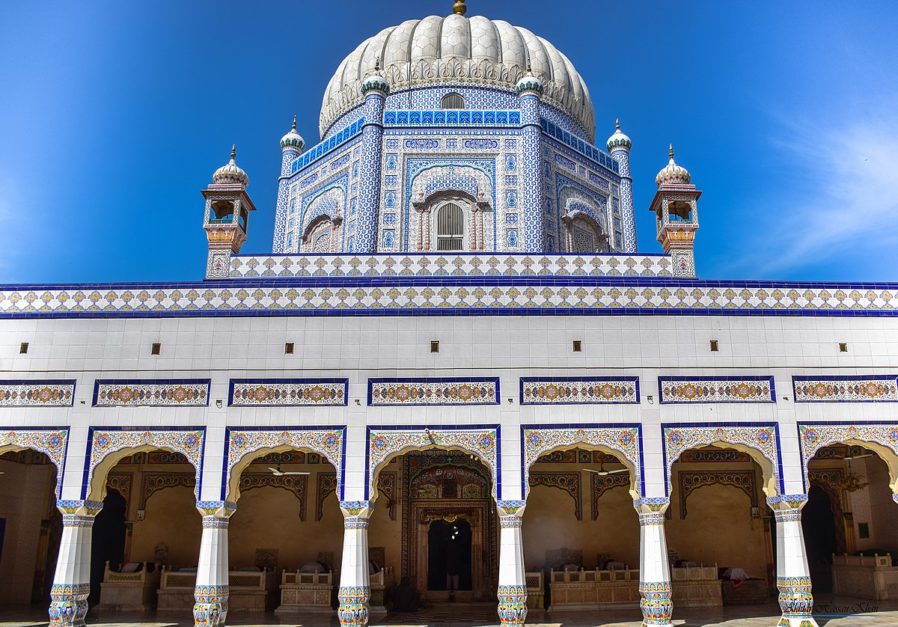
This spiritual heritage has bestowed upon this city the affectionate “Taunsa Shareef,” symbolizing its sacred status among believers. The town exudes an aura of spirituality, with its landscape adorned by lush green fields, a testament to its agricultural prominence.
Furthermore, Taunsa stands as a melting pot of diverse cultures and civilizations, with its population speaking a multitude of languages, including
- Urdu
- Balochi
- Sariki.
This cultural mosaic reflects the city’s historical role as a crossroads of trade, ideas, and influences, fostering a rich tapestry of traditions and customs. Taunsa’s historical significance thus lies not only in its ancient roots and spiritual heritage but also in its enduring legacy as a symbol of cultural diversity and resilience.
Geographical Significance
Beyond its captivating beauty, Taunsa’s geographical location offers significant advantages. Serving as a pivotal connecting point for three out of Pakistan’s five provinces, including:
- Balochistan
- Khyber Pakhtunkhwa
- Punjab
Taunsa holds strategic importance in regional connectivity and trade. Additionally, the city’s geography provides numerous economic benefits, which we will explore in detail below.
Enchanting Natural Beauty
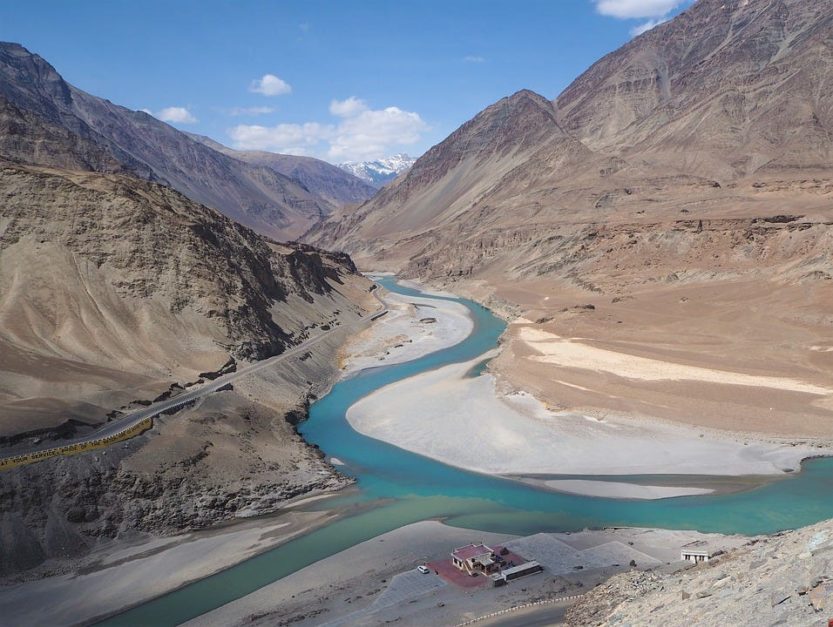
Surrounded by the majestic Koh-e-Sulaiman mountain range, Taunsa City presents a picturesque setting for exploration and adventure. Its lush valleys and winding rivers offer visitors a tranquil escape into nature’s splendour.
River Sindh and Koh-e-Sulaiman
Taunsa City is strategically positioned on the banks of the River Sindh, with the imposing Koh-e-Sulaiman range looming on the horizon. The convergence of these geographical features adds to the city’s scenic charm and holds historical and spiritual significance.
Agricultural Hub
Famous for its fertile lands, Taunsa City thrives as an agricultural hub. The abundance of green fields sustains a thriving agricultural economy, making Taunsa a vital contributor to Pakistan’s agricultural sector.
Water Resources
The water flowing from the Koh-e-Sulaiman mountains into the River Indus ensures a steady supply of water resources for this city. This natural bounty supports various economic activities, including agriculture, fishing, and transportation, thereby enhancing the city’s economic significance.
Infrastructure, Educational and Economic Development
Taunsa City, renowned for its vibrant arts, culture, and Sufi philosophy, offers visitors a captivating journey through its diverse temples and cultural societies. Its busy streets echo the traditions and beliefs of centuries, providing a window into Pakistan’s rich cultural tapestry. From exploring ancient landmarks to engaging with local artisans, visitors enjoy a vibrant cultural experience.
Infrastructure Development
The city witnessed significant infrastructure development over the years. In 1876, the establishment of a police station began a legal system. Subsequently, in 1919, the introduction of a post office facilitated smoother transactions, while government and tehsil offices were established. The proliferation of schools and colleges during this period contributed significantly to the city’s progress and development.
The Iconic Taunsa Barrage
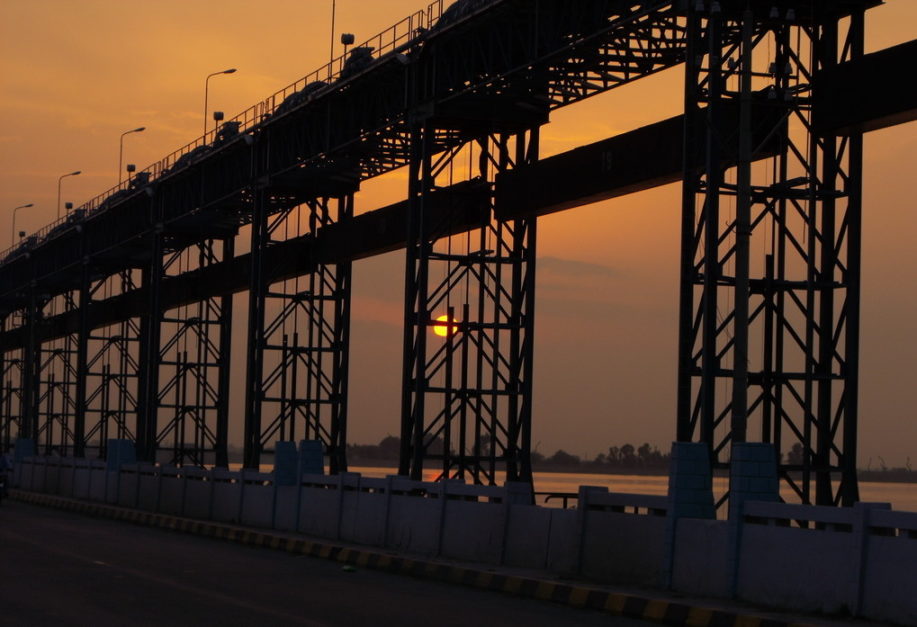
A symbol of engineering prowess, the Taunsa Barrage stands proudly along the Indus River, serving as a lifeline for Punjab’s fertile lands since its completion in 1958. This monumental structure irrigates vast swathes of agricultural land, benefiting millions of farmers and earning recognition as a Ramsar site for its ecological importance. Its canals nourish Zillah Muzaffargarh and Dera Ghazi Khan, highlighting its pivotal role in regional agriculture.
The Busy Commercial Areas
Like Rawalpindi’s Commercial Markets, the Kamla Chowk in Sanghar serves as the main stage of urban hub-bub. At the heart of Taunsa City, this area connects the city’s various sectors. It serves as a focal point for economic activity.
Entertainment
Taunsa Stadium provides a venue for sports enthusiasts to enjoy various sporting events and activities.
Transport
The sturdy Sanghar Bridge in Barthi symbolizes the robust transportation infrastructure in the region, facilitating connectivity and commerce.
Mini Greece: Educational Landscape of Sangharh (Unan-e-Saghaeer)
Sangharh offers exceptional educational institutions, nurturing a passion for learning among its residents. This dedication to education has produced numerous scholars, doctors, and teachers, earning the city the title of “Mini Greece of Pakistan.” Notable figures include scholars like
- Sain Ahmed Khan Tariq
- Iqbal Sokari
- Modern poets such as Tahzeeb Hafeh.
This legacy of education continues to shape the city’s future and contribute to its ongoing development.
Economic Value
The diverse infrastructure and cultural attractions in Taunsa City significantly contribute to its economic value. Establishing essential services like police stations, post offices, and government offices fostered a conducive environment for commerce and trade.
Additionally, the presence of educational institutions cultivates a skilled workforce, driving innovation and productivity. The iconic Taunsa Barrage and its extensive canal network fuel the city’s thriving agricultural industry, ensuring food security and generating employment opportunities.
Furthermore, commercial areas like Kamla Chowk stimulate economic activity. At the same time, recreational facilities such as Taunsa Stadium attract tourists, bolstering the city’s tourism sector and overall economic growth.
Art and Craft of Life at Sangharh
In the heart of Taunsa Shareef, the art and craft of life flourish amidst the vibrant community. From intricate handcrafted wooden artefacts to delicate jewellery and decorations, the people here deeply appreciate the beauty of handmade items.
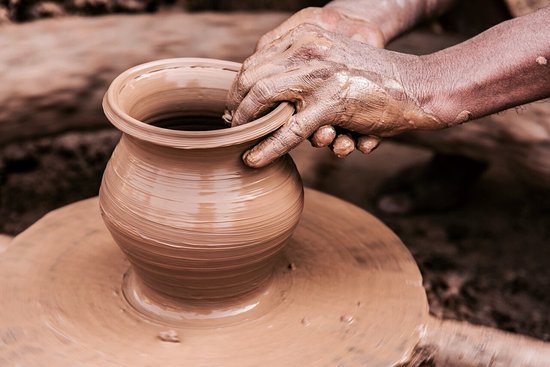
Woodturning is a cherished skill, with locals creating stunning pieces like wooden combs that reflect their craftsmanship. Moreover, pottery and ceramics also hold a special place in the local culture. Many individuals are honing their skills to create beautiful earthenware and decorative items. This traditional craft serves as a creative outlet and provides livelihood opportunities for the community.
The abundance of fruits and vegetables, stemming from the city’s reliance on agriculture, further enriches the local lifestyle. Furthermore, enthusiasm for breeding domesticated animals and cattle is palpable throughout Taunsa Shareef, adding to the tapestry of rural life.
Food and Cuisine
Moreover, the cuisine of Taunsa Shareef is a delightful fusion of flavours. A specific type of fish from the Taunsa Barrage takes centre stage in many local dishes, becoming a culinary staple embodying this unique place’s essence.
Preservation Efforts and Rehabilitation
In recent years, concerted efforts have been made to rehabilitate and preserve the Taunsa Barrage. With the support of international institutions like the World Bank, initiatives have been launched to address structural damage and ensure uninterrupted water supply for agriculture and rural communities. These endeavours underscore Pakistan’s dedication to sustainable development and preserving natural resources.
Conclusion
In the mosaic of Pakistan’s cultural and geographical diversity, Taunsa City stands as a testament to the enduring spirit of its people and the timeless beauty of its landscapes. As visitors bid farewell to this captivating destination, they carry with them memories of ancient traditions, breathtaking vistas, and the warm hospitality of its inhabitants. Indeed, Taunsa City beckons travellers from near and far to immerse themselves in its rich tapestry of history, culture, and natural splendour, ensuring its legacy endures for generations.
Frequently Asked Questions
Here are some FAQs that interest you!
What makes Taunsa a famous City?
Taunsa’s fame stems from its rich cultural heritage, spiritual significance, and strategic location. Known for its Sufi shrines, vibrant arts and crafts, and the iconic Taunsa Barrage, the city captivates visitors with its diverse attractions and historical landmarks.
What is the literacy rate of Sangharh?
The literacy rate of Sangharh, a subdivision of Taunsa, stands at 75.25%, reflecting the community’s commitment to education and knowledge.
What is the location of Taunsa Sharif?
Taunsa Sharif is in Punjab province, Pakistan’s Dera Ghazi Khan district. Nestled along the banks of the River Indus and bordered by the Koh-e-Sulaiman mountain range, Taunsa Sharif enjoys a strategic location in the western part of Punjab.
Visit Graana Blog and read our pieces on underrated cities including:
